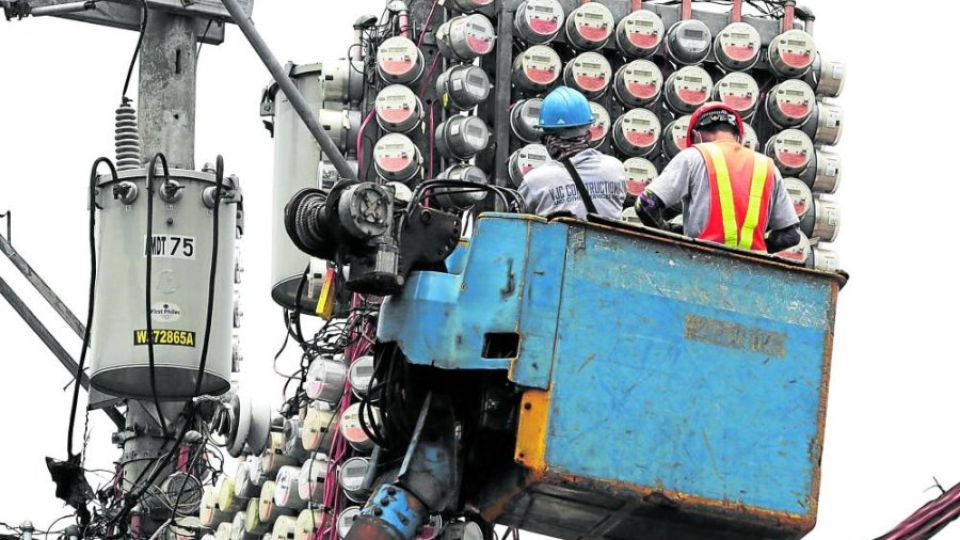April 26, 2023
MANILA — Filipino consumers have to brace for higher power rates as consumption jumps due to rising temperatures.
Spot market prices for electricity have in fact risen this month despite ample supply as consumers use their airconditioning units and other cooling appliances more often to beat the summer heat, the Independent Electricity Market Operator of the Philippines (Iemop) said on Tuesday.
In a media briefing, Iemop reported that the Wholesale Electricity Spot Market (WESM) rate in Luzon and the Visayas has increased by 16.8 percent to P7.68 per kilowatt-hour (kWh) as of April 23, adding that it expected the uptrend to continue next month due to the possible onset of the El Niño dry spell, possibly affecting electricity supply from hydropower plants.
However, Iemop said that in Mindanao, which relies partly on cheaper electricity from hydro facilities, the average price decreased by 18.3 percent to P5.36 per kWh.
WESM is the central marketplace for trading electricity as a commodity. This is where power generators sell their excess energy not covered by any supply agreement that is, in turn, bought by distributors such as Manila Electric Co.
Isidro Cacho Jr., head of Iemop’s corporate strategy and communications, said it was quite “unlikely” for spot market prices to decline this April and next month as they expected electricity demand to increase due to the looming El Niño and the usual hot weather during summer.
“I don’t think there will be a major change in WESM prices. I mean if there is, it will be minimal,” Cacho said in a virtual briefing.
“The probability of spot market rates remaining at the P7 (per kWh) level in May is high. It’s still April and May is still part of our summer months. Then, there’s the expectation of El Niño,” he added.
El Niño impact
Cacho explained that El Niño would impact hydropower plants as it could reduce the availability of water needed to run such facilities.
The Philippine Atmospheric, Geophysical and Astronomical Services Administration (Pagasa) on Tuesday said hot and humid weather would continue over most parts of the country and temperatures would remain high.
Based on the state weather bureau’s outlook, easterlies or warm winds coming from the Pacific Ocean are affecting the eastern sections of Visayas and Mindanao.
Easterlies bring hot and humid weather in its affected areas, especially in the country’s eastern section.
Easterlies, Pagasa said, contribute to the increase in the heat index.
According to Iemop, all regions breached their past year’s peak demand level.
The average demand in the Luzon and Visayas markets reached 11,033 megawatts (MW), up by 7.7 percent from 10,244 MW in March.
Despite this, the two regions saw an increase in supply, which rose by 2.7 percent to 14,612 MW, as few power plants went on scheduled or forced shutdown.
Electricity demand in Mindanao averaged 1,790 MW, an increase of 2.2 percent. Although supply slightly dipped to 3,018 MW, the region is assured of comfortable power reserves.
In Luzon alone, demand already peaked at 12,221 MW last April 19, surpassing last year’s peak demand recorded on May 12, 2022.
In the Visayas, peak demand hit 2,380 MW last April 17, also exceeding the 2,297 MW logged on Sept. 14, 2022.
Mindanao recorded a new peak of 2,363 MW last April 19 from 2,167 MW on June 1, 2022.
Coal-fired power plants remain the leading source of energy in Luzon and Visayas, equivalent to a share of 64.1 percent. Natural gas and geothermal plants followed with 13.2 percent and 10.9 percent, respectively.
Mindanao heavily relies on coal-fed power plants, which account for a 62-percent share, while hydropower plants contribute 30 percent.


